Get a Rare Glimpse of Remote Alaska

Stegasaurus hills

The spiny ridges of the smooth Brooks Range were evocative of spines on the back of an ancient dinosaur. This photo was snapped as a team of scientists affiliated with the Wildlife Conservation Society (WCS) flew north over the Brooks, toward their put-in at the head of the Utukok River, where they would start their 8-day river rafting expedition of the National Petroleum Reserve-Alaska.
American Robin in Tall Willows
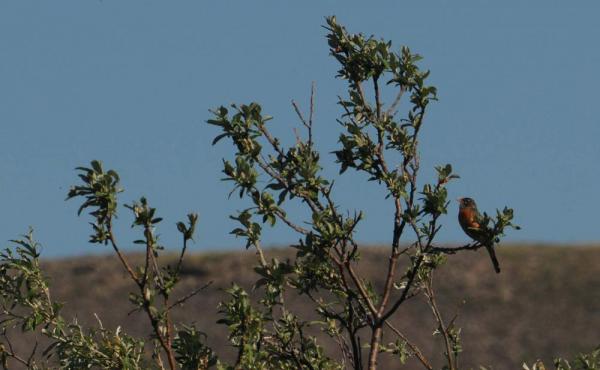
Scientists on the trip into NPR-A were surprised to see this American Robin, common to backyards everywhere, north of Alaska's Brooks Range. The presence of robins that far north is consistent with the idea that global warming is changing temperatures in the Arctic and allowing new species to come into the formerly frozen territory, according to scientists.
Arctic ground squirrel at burrow
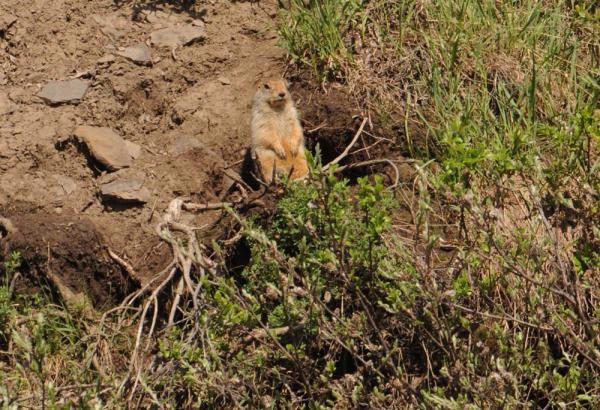
Arctic ground squirrels are like "the groundhog of the Arctic," said WCS scientist Joel Berger. They are everywhere in the Arctic, and provide calories for hungry grizzly bears and wolves. These social animals can be found in burrows on the riverbank, and can also be considered the area's first coal miners: often times, the mouth of their burrows are surrounded by shards of coal, flung out of the earth when the ground squirrel is digging out their underground home.
Caribou and newborn calf
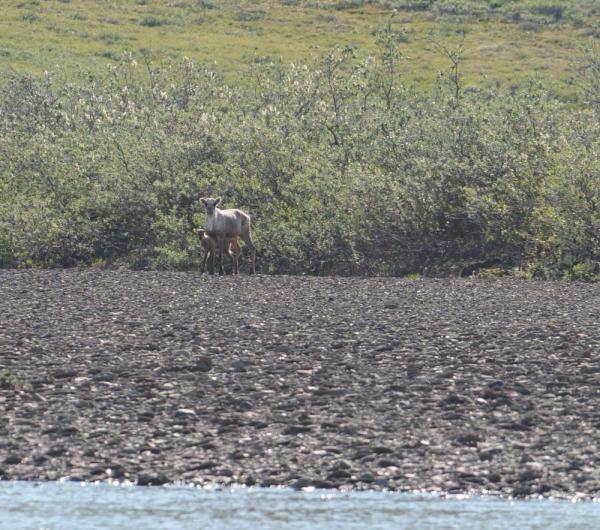
Caribou herds tend to be in reproductive sync, that is, most of the pregnant females drop their calves at about the same time. Then, the entire herd of cows and new calves migrate together across the landscape; the sheer numbers of individuals in the herd will help protect the calves from predators. But this caribou and her newborn were at least two days behind the migration. They most likely became separated because the mother had the calf just as the herd was on the move. Now, traveling alone, they would face a gauntlet of predators, such as wolves, as they moved across the wilderness to catch up with the others.
Grizzly bear near the Utukok
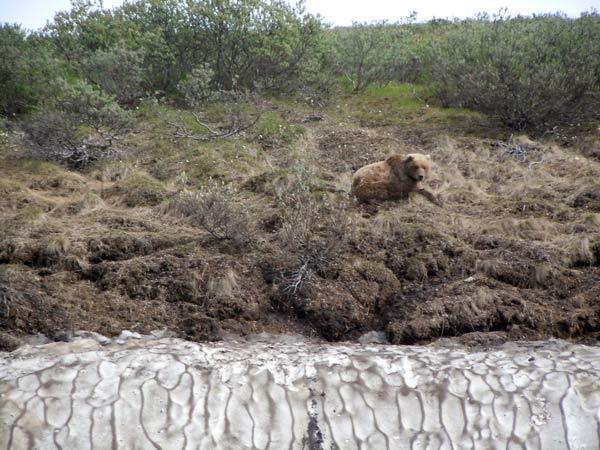
This Grizzly bear was seen resting above a small snowbank on the rafters first day on the Utukok. "The bear barely lifted it's eyebrow as we went by, said an astounded Steve Zack, a conservation scientist with the WCS. "It's clearly at the top of the food chain. What does it have to worry about?"
Long-tailed ducks
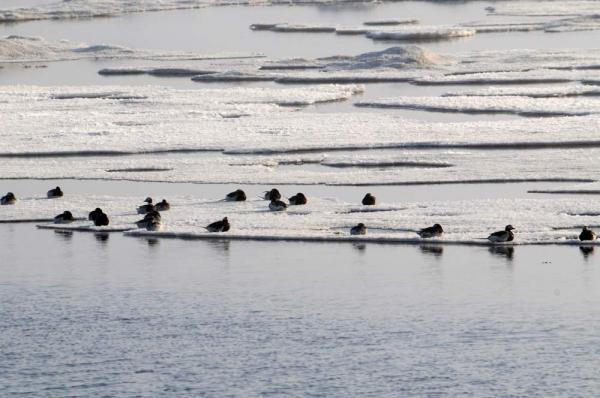
This shot of Long-tailed ducks was taken near Barrow, Alaska, near the end of the rafting expedition. It is the most common duck in the Arctic, and becomes increasingly prevalent as you travel closer to the ocean, which the WCS team was doing when it saw them.
Arctic finch

There are two types of Redpoll finches in the Arctic, the Hoary and the Common. But this particular bird seen along the Utukok River, with its unambiguous coloring, remains unidentified. Redpolls of both variety are common in the Arctic where the willows are tall, and they have short, yearly migrations.
Get the world’s most fascinating discoveries delivered straight to your inbox.
Rock ptarmigan
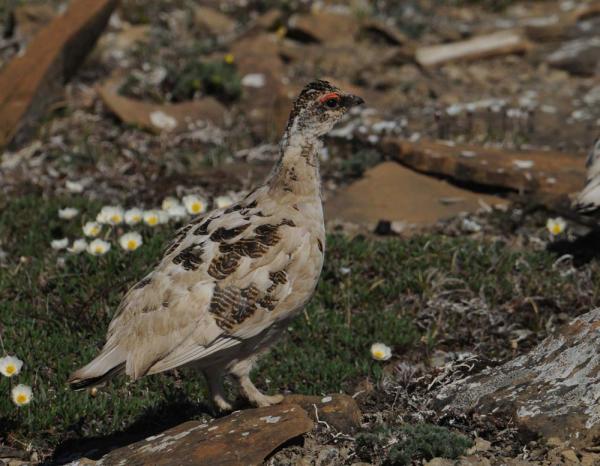
While other birds "rent" the Arctic at certain times of the year as part of their annual migration, this Rock ptarmigan is one of two birds that stays in the area year round (the other is the raven). Because this bird lives solely in the North, it is likely "to be the most affected by climate change," said WCS scientist Steve Zack.
Semipalmated plover
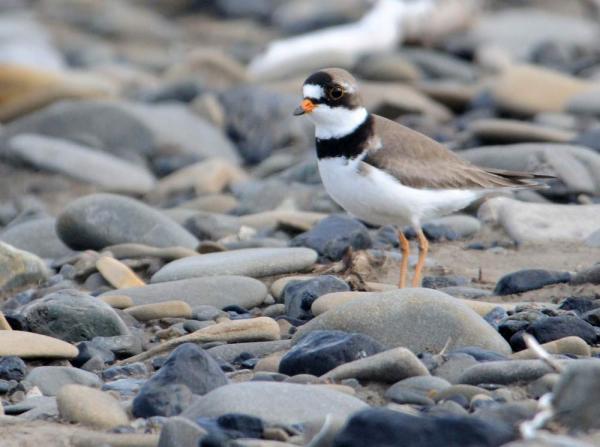
The Semipalmated plover has some tricks up his sleeve. The bird, which lays its camouflaged nests on rocky, open ground, usually along the shoreline, will perform the broken-wing dance when threatened by predators. For this pas de deux, the plover feigns it has a broken appendage by bending its wing and swerving away from its nest. A hungry predator will see it as an easy snack, and follow. When the threat is lured far enough from the nest, the bird will magically straighten its wing and fly away.
Utukok alders

As climate change continues, bigger and more woody shrubs will be introduced into the Alaskan Arctic. While there is no documentation to prove how long this alder forest has been growing on the banks of the Utukok, many scientists on the rafting trip were surprised to see an alder community, having not seen them before in the NPR-A. "A number of alder species seem to be creeping northward," said WCS scientist Joel Berger.
Utukok shore ice near Barrow, Alaska

This photo of shore ice was snapped near Barrow, Alaska. Shore ice is not multi-annual, lasting over many years like glaciers; instead, it forms annually, connecting the land and the open sea. It is the first ice to disappear with a warming planet, Zack said.


